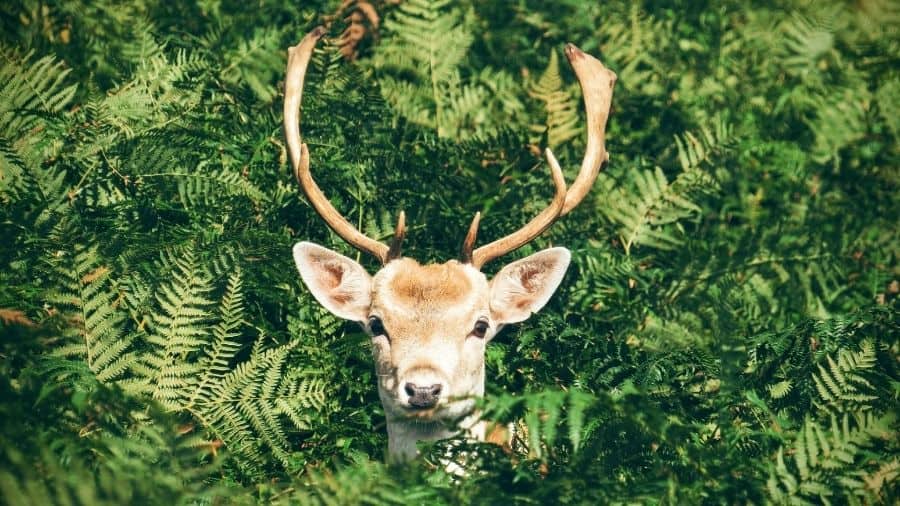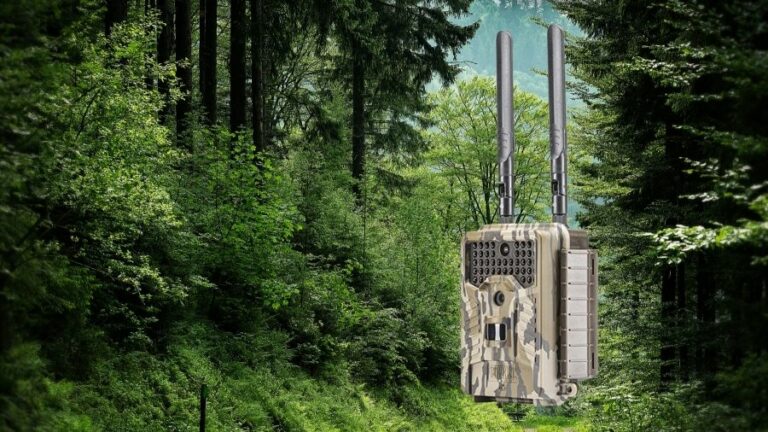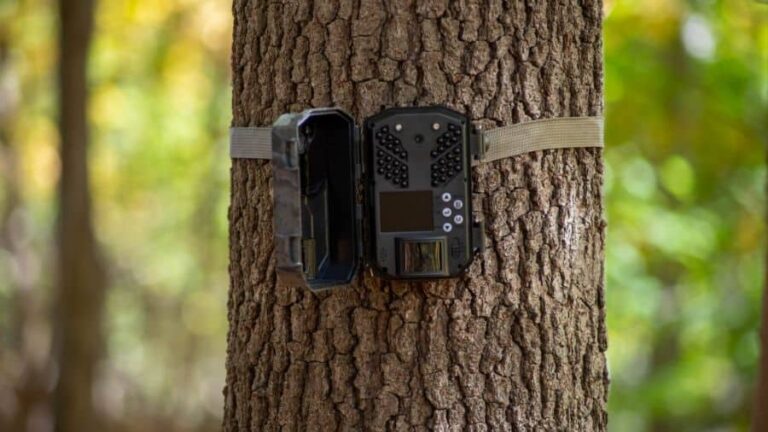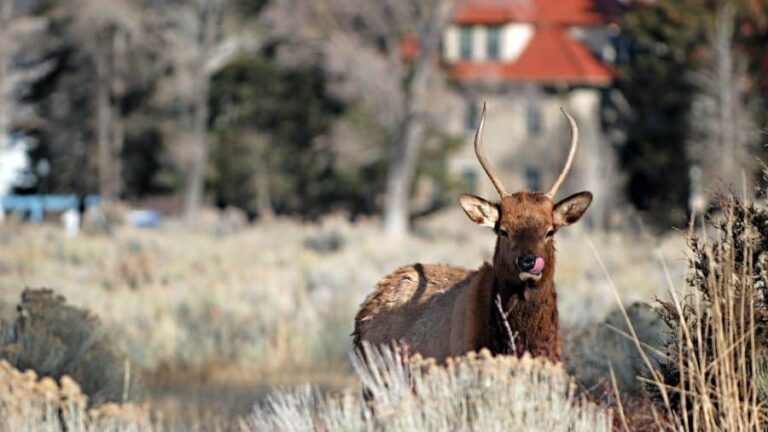Do Trail Cameras Scare Deer?
Do trail cameras scare deer? This is a question that many people ask. Deer are very curious animals and will often approach a camera to see what it is. Trail cameras are used to study deer behavior and movement, and while some people believe that trail cameras scare deer, this is not the case.
One of the best parts about owning a trail camera is that you do not need to do anything. The game or wildlife department that you bought your trail camera from should be able to provide information on how long it takes for deer, elk, etc. to become comfortable with the camera.
It generally takes 2-4 weeks for deer to become completely comfortable with a trail camera. This is due in large part to their curiosity and desire to see what the new object is all about.
Trail cameras are used by hunters, photographers, nature enthusiasts, and biologists alike. Hunters can use them as scouting tools, determining which areas have the most animal traffic or where they are moving through at different times of year (i.e., timing to move in or out of the property at certain times of the year).
Photographers and nature enthusiasts will go to great lengths to get that perfect picture of a doe and her fawns. Biologists use them as part of their study on deer behavior and movement, which can help inform landowners with hunting or habitat management decisions.
Do Trail Cameras Scare Deer?
Trail cameras are an important tool for studying deer behavior and movement. Some people believe that trail cameras scare deer, but this is not the case.
Deer are very curious animals and will often approach a camera to see what it is. This curiosity can sometimes lead to them being startled by the camera, but overall trail cameras do not scare deer. Here is why?
How do you know if the deer is scared of the camera or not?
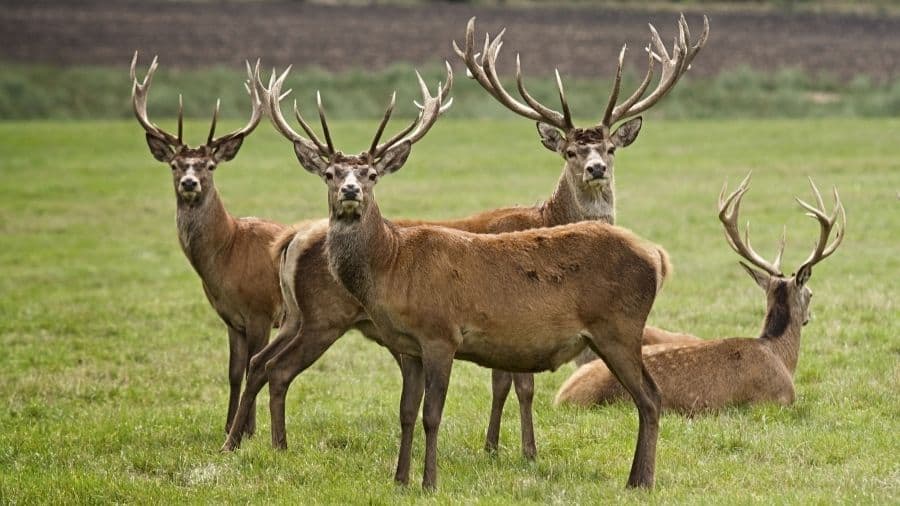
There are a few ways to tell if a deer is scared of a trail camera. One sign that a deer is scared of a camera is if it runs away when it sees it. Another sign is if the deer avoids the area where the camera is located. If you notice that the deer is behaving in this way, it means that they are likely scared of the camera.
How do you think trail cameras scare deer?
There are a few different theories about how trail cameras scare deer. One theory is that the camera’s flash startles or blinds the animal. Another theory is that the camera makes noises when it takes photos, so the deer is startled by this sound when it hears it.
In reality, do trail cameras scare deer?
While playing back the photos taken by the camera, you can notice if a deer is scared of it. The way to do this is to look at what the animal was doing when it saw the camera. If you do not see any changes in behavior or movement, then it means that it was not likely scared of the camera.
Where to Place Your Trail Camera for Scouting Deer?
For example, do not place trail cameras near feeding areas or try to trick the animals into thinking that it is something else. Another tip does not set trail cameras up right after a big storm. This can be disorienting to the deer, so do not do this if you want to use your photos to study their behavior.
Tips for using a trail cam effectively and safely
There are a few tips that people should keep in mind when using a trail cam to scout deer.
First, it’s important to remember that deer are very curious animals and they will often approach a camera to see what it is. So, it’s important to place the trail cam in an area where deer are likely to pass by.
Second, it’s important to make sure that the trail cam is well hidden so that deer don’t see it. If deer become used to seeing the camera, they may start avoiding the area.
Finally, it’s important to check the trail cam regularly and move it to different locations if necessary. It’s a good idea to set up a trail camera in a variety of locations just in case one location becomes too popular with deer.
What should I do if I see an injured animal near my trail cam location
If you see an injured animal near your trail cam location, it’s important to take action immediately. First, try to determine what type of animal it is. This will help you decide how to best help the animal.
If the animal is a deer, you should try to move it to a safe location where it can rest and recover. If you can’t move the deer yourself, call a professional wildlife rehabilitator to help you.
If the animal is not a deer, do not attempt to move it yourself. Instead, call a professional wildlife rehabilitator for assistance.
Trail cameras do not scare deer and are an important tool for studying them. If you want to study deer behavior with your trail camera, do not place it near feeding areas or right after a big storm.

